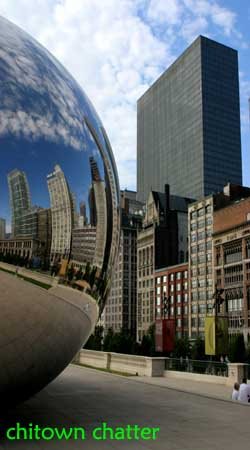
Yasukuni Shrine is the controversial one that makes all the worldwide headlines every year when the Japanese Prime Minister visits on August 15 (the anniversary of Japan's defeat in WW2). The shrine is dedicated to the souls of Japan's war dead, particularly those who died after the Meiji restoration, which was a series of events that lead to the modernization of Japan and its emergence as a world power.
Thus, the shrine commemorates the deaths of soldiers who died as Japan began dealing with the West (Russian, US, UK) and other powers in East Asia (China, Korea). Most importantly, this includes the Greater East Asian War, aka World War 2 to the rest of us. The conservative right wing in Japan stand by its duty to honor war dead, and the Yakusuni shrine is the physical representation of Japanese jingoism from the perspective of neighboring Asian countries who suffered under Japanese imperialism. It was suggested by one of my fellow Chinese compatriots that I spit all over the memorial when I get there. So you could say that feelings are still running high.

At any rate, the shrine itself is beautiful, with two elegant, soaring gates (torii) as you approach. In warmer months, the courtyard is filled with displays of ikebana and a flock of doves (ironically in the midst of war hawks?). But that's not what I was really here to see. I headed for the Yasukuni Memorial Museum where I paid ¥500 (for a student ticket) to learn something about Japanese war history.
The museum is laid out in a very clear fashion, with lots of English signage for your edification, though perhaps a quarter of the displays were only in Japanese. But the translations that were present were sufficient for me to get the gist. Samurai swords and artillery equipment decorated the floors. Phrases like "the encroachment of Western powers" and "expel the barbarians" were bandied about.
 A cool barrel display on the way to the temple that probably has some deeper significance unknown to me
A cool barrel display on the way to the temple that probably has some deeper significance unknown to me
Things that I learned at the Yasukuni Museum:
- "The purpose of the Nanking Campaign was to surround and occupy the capital, thus discouraging the Chinese from continuing their resistance against the Japanese."
- The preemptive strike on Pearl Harbor and declaration of war on the US was to "insure [sic] the stability of East Asia and to contribute to world peace."
- Japan inspired other oppressed peoples to achieve independence. "Once the desire for independence was kindled under Japanese occupation, it did not fade away, even though Japan was ultimately defeated." This display was accompanied by the flags of newly independent Asian countries (Vietnam, Myanmar, etc).
There was also a display on Japan's paltry natural resources, with a bar graph showing the months supply of raw materials that Japan had stocked before World War 2. Military events aside, I would say that economic pressures were a strong impetus in Japan's decision to declare war on the US. The country had only 24 months of oil and 3 months of raw rubber in the lead-up period. To get rubber and other resources, Japan began invading SE Asia. In response, the US declared an oil embargo on Japan, which was treated as an act of military hostility.
Truly, history is written by the victors.
 A cool barrel display on the way to the temple that probably has some deeper significance unknown to me
A cool barrel display on the way to the temple that probably has some deeper significance unknown to me



No comments:
Post a Comment